MDRS Crew 188 Creative Report 01FEB2018
Homo Ludens: Training for a Martian Olympiad.
Author’s name: Dr. Sarah Jane Pell @Aquabatics
As the MDRS Crew 188 artist-in-residence, I actively champion the support and integration of working tolerances for play and performance within mission architectures and EVA simulations. In preparing for this mission, I initiated a challenge to the ISU Crew 188 for the training and preparation for a Martian Olympiad event at MDRS to coincide with the Opening Ceremony of the Winter Olympics on 09 Feb 2018. Prior research shows that play and performance is beneficial for individual physical and psycho-spiritual health and crew wellbeing on Earth. Future crews on Mars will be no exception.
Today MDRS Crew 188 – EVA 4 with Julia De Marinares, Dr. Ryan Kobrick, and I (Dr. Sarah Jane Pell) designed a series of tasks specifically for the purpose of encouraging exertion and teamwork [See EVA and Journalist report]. We discussed the parallels between training for an Olympic event, and training for a Mars Mission. During the pre-flight phase, Astronaut candidates undertake training for the acquisition and development of prerequisite physiological, psychological, psycho-spatial and human-factor benchmarks to perform in space, and manage pre-flight expectations. During pre-performance phases, Athletes undertake a parallel journey in the lead-up to a world-class performance event like the Olympiad. Pre-flight is a time for the rehearsal of the time-tagged performance maneuvers, learning NomOp, and balancing expectations. Astronauts also learn from the questions arising about the temporal proximity required for relating live action and collective action between positions, locations and communication networks, real and illusory, in the altered gravity environment of space. For example, practical Extra-Vehicular Activity (EVA) or spacewalk training prepares the candidates for new space/spatiality. Today, our EVA prepared for the marathon tasks of a long-walk with equipment, a mountain summit and safe decent, another long walk, and a ball game testing coordination, concentration and response-time after our exertion. The exercise was physically demanding as we anticipated, but our team-work, problem-solving, cooperation rather than competition, outlook and sense of adventure and fun, made it the best day out on the surface of Mars yet!
Here are my plans for experimenting with the Insta360 Pro over the MDRS Crew 188 mission:
(a) 31-JAN2018
Total Lunar Eclipse 360 Video 8K Panorama
(d) 03-FEB2018 (f) 05-FEB2018
Extra Vehicular Activity [EVA] Rover/ATVs – Maintaining Batteries 360 Video 4K
(b) 01-FEB2018 (e) 04-FEB2018 (g) 06-FEB2018
Spacesuit Glove Validation 360 Video 6K 3D
(c) 02-FEB2018
Green Lab, Hydroponics 8K Photo 3D Time-Lapse
(h) 07-FEB2018
Mars Desert Research Station 360 Photo 4/6/8K 3D/Pano
(b) 01-FEB2018 (j) 09-FEB2018
Martian Olympiad – training & opening ceremony 360 Video 6/8K 3D/Pano
(a) 02-FEB2018 (i) 08-FEB2018
Performing Astronautics – experimentation 360 Video 6/8K 3D/Pano
We respect that forms of play and performance in space differ from Earth-based activities due to the unique aspects of human-space physiology, perception and environment. Back at the MDRS Habitat, conversations continued with Engineer Zac Trolley about the challenge of sharing that kind of experience in the moment of discovery with an audience or end user so encourage them to want to take up the spirit of exploration, like a mantle, and to conceive of a life beyond Earth. We discussed how returning Astronauts go through a process of Space-Earth Adaptation. The encumbrances of returning to Earth including sources of stress such as gravity, motion, obstacles to and facilitators of adequate coping, changes in social interaction, the role of temporal factors relating to mission objectives quickly fade. After experience-rich engagements in space, post-flight Astronauts fill autobiographical accounts with a lingering sense of adventure and accomplishment, enjoyment and fulfillment. But in the many-to-many information-filled world, we had to find a new form, and a new story, to transform the lives of those who may not yet have the spark and fervor for space exploration. We talked about the inspiring works of game-developer and Astronaut Richard Garriott and his investment in SpaceVR. We are now exploring the potential for our Crew to play a role in developing a VR product.
Trolley reminds me that nothing we do here at MDRS is in isolation. Everything plays a role in the advanced life-support system sustaining us: even outreach activities, as simple as a game of catch, and a recorded conversation on the couch. My creative research today follows on from my prior collaboration with Prof. Florian Mueller of the RMIT Exertion Games Lab, however here I am specifically interested in how the applied results from these encounters may inform the design of terrestrial space adaptation strategies to address a range of conditions of spaceflight, and space habitability. Additionally, the 8K 3D 360 capture of our Mars Olympiad activities with the Insta360 Pro will be developed in collaboration with A/Prof. David Barns, Director of the Monash Immersive Visualization Platform, and it may lead to a VR experience. What we are looking for now, is the classic story arc, that helps us frame the experience for broader audiences, and helps to inspire our generation to reach Mars. That is why we are here. [end]
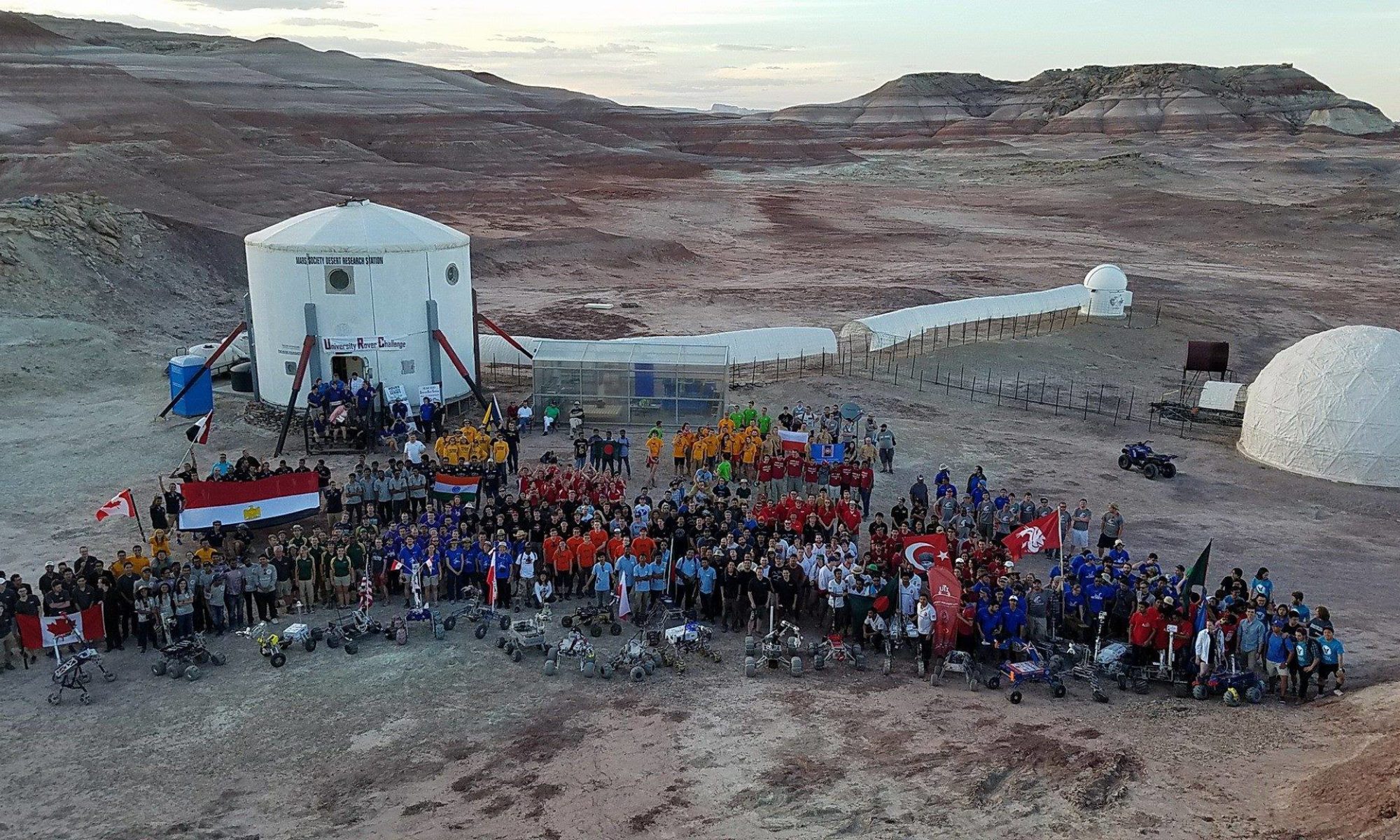

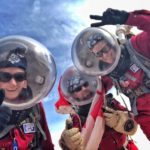
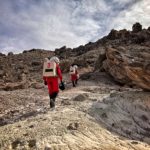
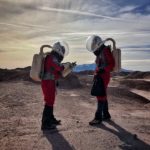
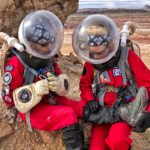
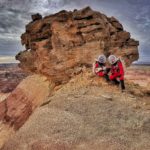
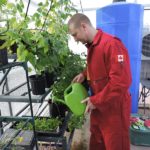
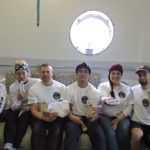
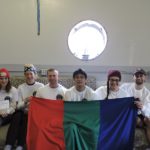
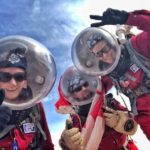
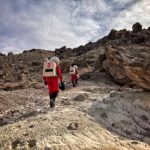
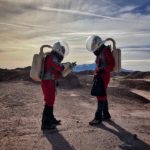

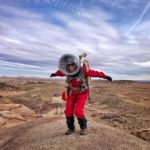
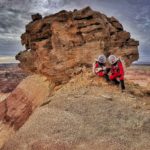
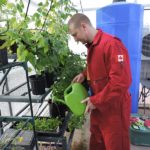
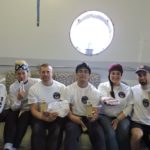

You must be logged in to post a comment.